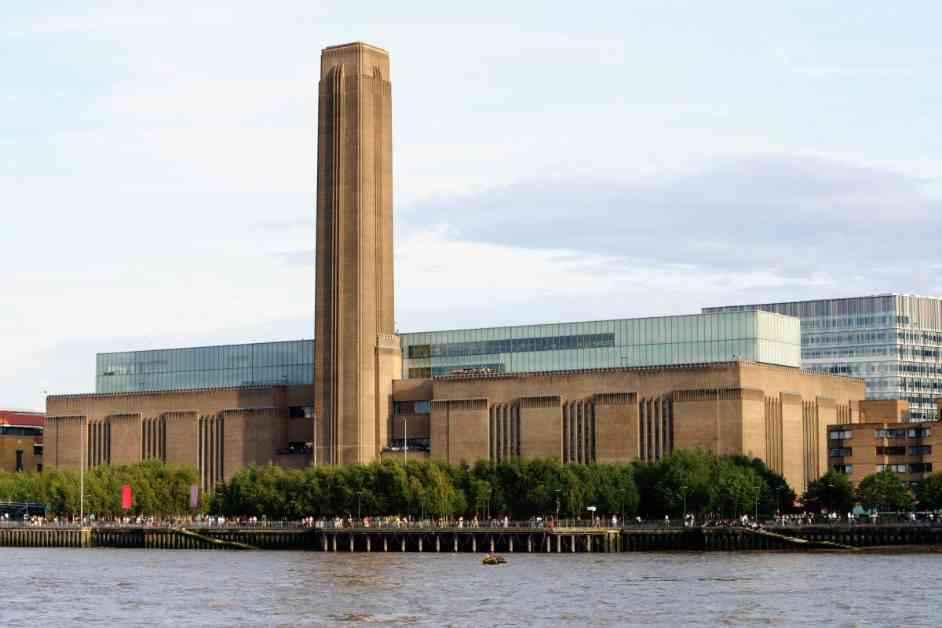The Tate museum network is facing a significant workforce reduction as a response to financial challenges brought about by the Covid-19 pandemic, a move that mirrors similar actions taken by cultural institutions worldwide.
According to a report from the Financial Times, the Tate is set to cut around 40 roles, accounting for 7 percent of its staff. These reductions will be achieved through voluntary departures and hiring freezes with the goal of addressing the deficit that has arisen in the wake of the pandemic.
In a statement to the Financial Times, a spokesperson for the Tate emphasized that these changes are necessary to ensure the sustainability of the institution and its ability to continue delivering innovative programs, expanding its collection, and engaging with diverse audiences to inspire future generations of artists.
The Tate Network: A Cultural Treasure Across the UK
The Tate network consists of four museums located in different parts of the UK—Tate Britain and Tate Modern in London, Tate Liverpool, and Tate St Ives in Cornwall. Each of these institutions plays a vital role in the cultural landscape of the country, offering visitors a diverse range of artistic experiences.
Amid the financial challenges posed by the pandemic, the Tate has been exploring various fundraising initiatives to support its operations. One notable project involves the expansion of the Tate Liverpool, a move that underscores the institution’s commitment to engaging with new audiences and fostering creativity in the community.
In Cornwall, the Tate is undertaking a restoration project at the Palais de Danse in St Ives, a historic building that once belonged to renowned sculptor Barbara Hepworth. This initiative not only preserves an important piece of cultural heritage but also enhances the visitor experience at Tate St Ives, enriching the artistic narrative of the institution.
Navigating Financial Uncertainty: A Global Challenge for Museums
The financial pressures faced by the Tate are not unique to the institution, as museums around the world grapple with the economic fallout of the pandemic. In the United States, major cultural institutions like the Guggenheim Museum in New York and the Brooklyn Museum have also been forced to make difficult decisions to secure their financial futures.
At the Guggenheim Museum, 20 employees were let go in an effort to address ongoing financial instability, reflecting a trend seen in many cultural organizations seeking to streamline operations and reduce costs. Similarly, the Brooklyn Museum’s decision to eliminate 20 staffers, including unionized workers, has sparked controversy and legal challenges, underscoring the complex dynamics at play in the museum sector.
As museums continue to adapt to the evolving financial landscape, the need for innovative solutions and strategic planning has never been more pressing. By prioritizing sustainability, revenue generation, and audience engagement, institutions like the Tate are paving the way for a resilient future in the post-pandemic world.
The Tate’s decision to reduce its workforce is a reflection of the broader challenges facing cultural institutions in a time of unprecedented uncertainty. As museums navigate the complexities of financial recovery, their ability to adapt, innovate, and connect with audiences will be crucial in shaping a vibrant and sustainable cultural sector for generations to come.












